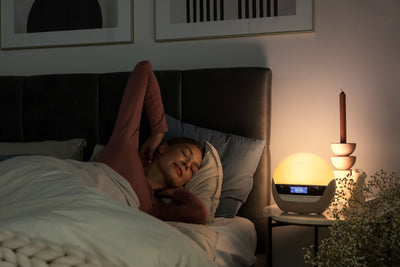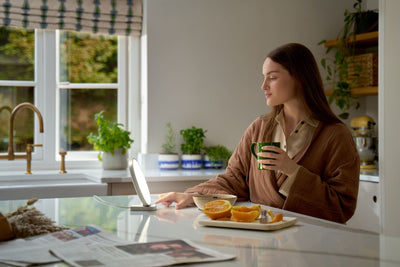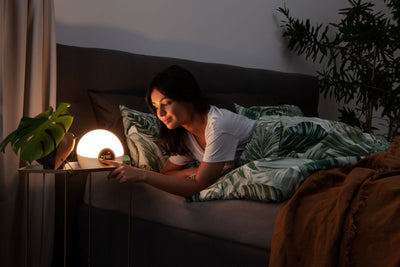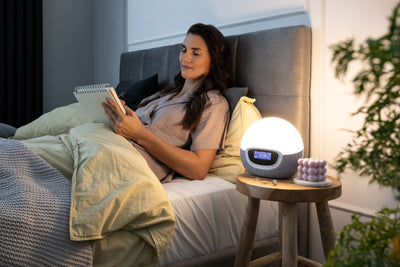 New
NewWintering Well: Bringing Lumie Mini to East Dunbartonshire Libraries
As daylight hours are limited, we may experience lower mood and energy levels and it can feel difficult to stick to our usual routines. Recognising the profound impact that light has on our overall sense of well-being, East Dunbartonshire Libraries launched a Wintering Well sc...
Read more







































